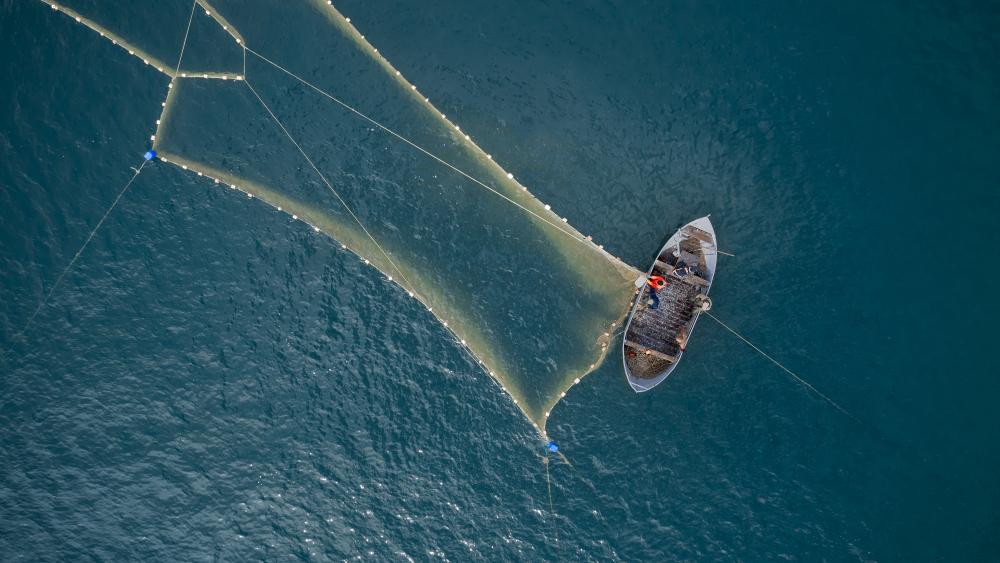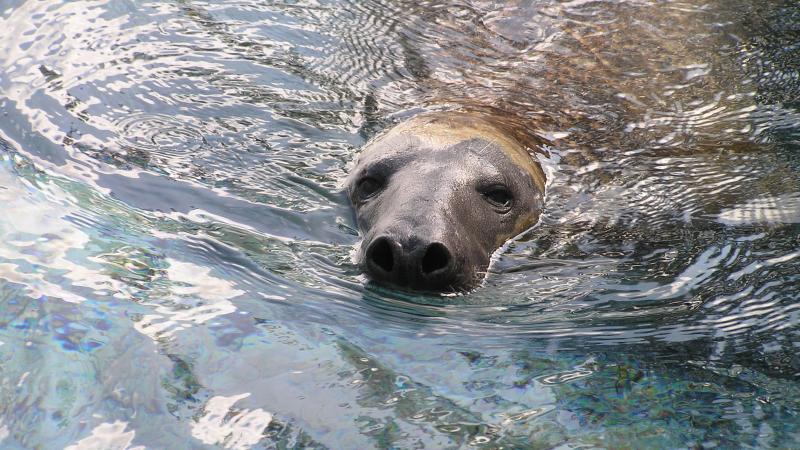
Stock calculation methods for fisheries overestimate the reproductive potential of the fish. | Photo: shutterstock, OlegRi
Incorrect basic biological assumptions
Almost all calculations used to estimate the status of exploited fish stocks are based on the assumption that the fecundity of a female fish increases in direct proportion to her weight (isometry). This implies that the egg numbers per kilogramm of female fish is assumed constant over all fish sizes. Yet, recent studies show that in most fish species, large, heavier females lay more eggs per body mass than younger, lighter females. Thus, the fecundity per gramm of female mass typically increases with the female’s weight (hyperallometry). If old, large females are among the spawning fish of a stock, more eggs are produced than if the same biomass consists of mainly young, small fish.
Researchers from Australia, the U.S.A and Germany used model calculations for 32 marine fish stocks to investigate what happens when two of the most important reference points for fisheries management are adjusted according to the new findings on the relationship between egg count and fish weight: the spawning potential of a fished stock relative to the spawning potential of an unfished stock (the so called spawning potential ratio), and the maximum sustainable yield of a fish stock. Maximum sustainable yield quantifies the maximum amount of fish that can be removed from a stock over the long term. If more fish are taken than the maximum sustainable yield or the spawning biomass goes beyond a minimum viable level, the stock is said to be overfished. Both spawning potential ratio and maximum sustainable yield are used worldwide to set fishing quotas and implement conservation measures.
The replenishment potential is often overestimated in calculations of catch quotas
The research findings show: the replenishment potential is overestimated by 22 percent on average for the 32 fish species that were analyzed. However, the values vary from species to species between 3 and 78 percent. This is because the hyperallometry in fecundity varies among species. For example, the overestimation of spawning potential is particularly high for Pacific sardine at 78 percent, compared to Atlantic cod at 18 percent and Atlantic herring at 11 percent.
Systematic overfishing of the largest fish
Assuming the wrong individual fecundity when calculating the spawning potential ratio as reference points, catch quotas maybe set on average 2.7 times too high relative to optimal level. Yet, not every egg survives. When accounting for the self-regulation potential of fish populations and determining the maximum sustainable yield, using the outdaded fecundity relationships still predicts a target fishing morality that is 1.2-fold higher on average than would be sustainable. Therefore, the intended fishing pressure is typically set higher than would be appropriate for sustainability.
"This means that targeting large spawning fish – as is common in fisheries – reduces the replenishment and yield potential of a stock. This can systematically fuel overfishing or prevent or slow down stock recovery," explained fisheries professor Robert Arlinghaus of IGB and HU Berlin, co-author of the study.
Previous textbook opinion on fisheries management: remove the big ones!
Almost all fish stocks in the oceans, lakes and rivers are managed in such a way that the larger fish are selectively caught and the smaller animals survive so that they can spawn at least once in their lifetime. That's the thinking behind the widespread minimum-length limit, for example. This harvest regulation is intended to prevent fish stocks from collapsing despite intensive exploitation. A basic assumption is that the older and larger animals are no longer productive and do little to renew the stock, and even cost yield potential because they no longer grow as fast as smaller and younger fish. "This previous management advice is problematic in light of our results. Our work shows that large fish are not unproductive, they simply invest not in growth but in reproduction. The productivity of individual fish increases, rather than decreases, with fish length. Therefore, under certain conditions the selective take of the big fish can weaken stocks" Robert Arlinghaus explains.
More sustainable fisheries through protection of large fish
Measures that help protect large fish can help fishery yield and population conservation, according to the researchers – such as more selective fishing methods that spare large fish as well as the young, immature fish. In recreational fisheries, harvest slots could replace traditional minimum-length limits. Similarly, protected or closed seasons can also make sense. In detail, the best measures depend on the fish species and local fishing conditions and cannot be easily generalized.
The authors recommend recalibrating future stock assessments to account for the larger reproductive capacity of larger fish. "It makes sense to regularly determine accurate biological data for exploited fish stocks, such as egg counts as a function of fish size, and include such data in stock assessments. In the end, both conservation and fisheries and recreational angling can benefit from more accurate stock analysis," Robert Arlinghaus concluded.






